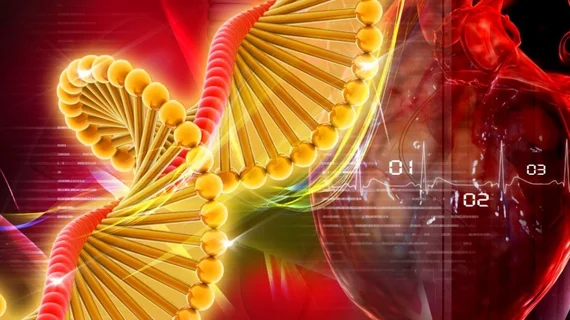Genetic variants may guard against heart disease
Rare protein-truncating variants in the apolipoprotein B (APOB) gene are linked to lower triglycerides and LDL cholesterol levels and also appear to be protective against coronary heart disease (CHD), according to a study published in Circulation: Genomic and Precision Medicine.
Gina M. Peloso, PhD, with the department of biostatistics at the Boston University School of Public Health, and colleagues sequenced the APOB gene in 29 Japanese families with familial hypobetalipoproteinemia (FHBL), a genetic disorder caused by the protein-truncating mutations in APOB. They found that eight of those families carried at least one protein-truncating variant (PTV), which was associated with 55 mg/dL lower LDL cholesterol and 53% lower triglyceride levels.
In addition, among nearly 58,000 individuals from 12 case-control studies, carrying an APOB PTV was linked to a 43 mg/dL reduction in LDL cholesterol, a 30% reduction in triglycerides and a 72% lower risk of coronary heart disease compared to people without the genetic mutation.
“Despite an increased risk of fatty liver, carriers of APOB PTVs are at substantially reduced risk of CHD,” Peloso et al. wrote. “These findings are of particular importance because clinical trials of mipomersen (a cholesterol-lowering drug) for CHD outcomes are highly unlikely to be undertaken due to the associated adverse liver effects of mipomersen. These results emphasize the dominant role of apoB containing lipoproteins in protection from CHD.”

